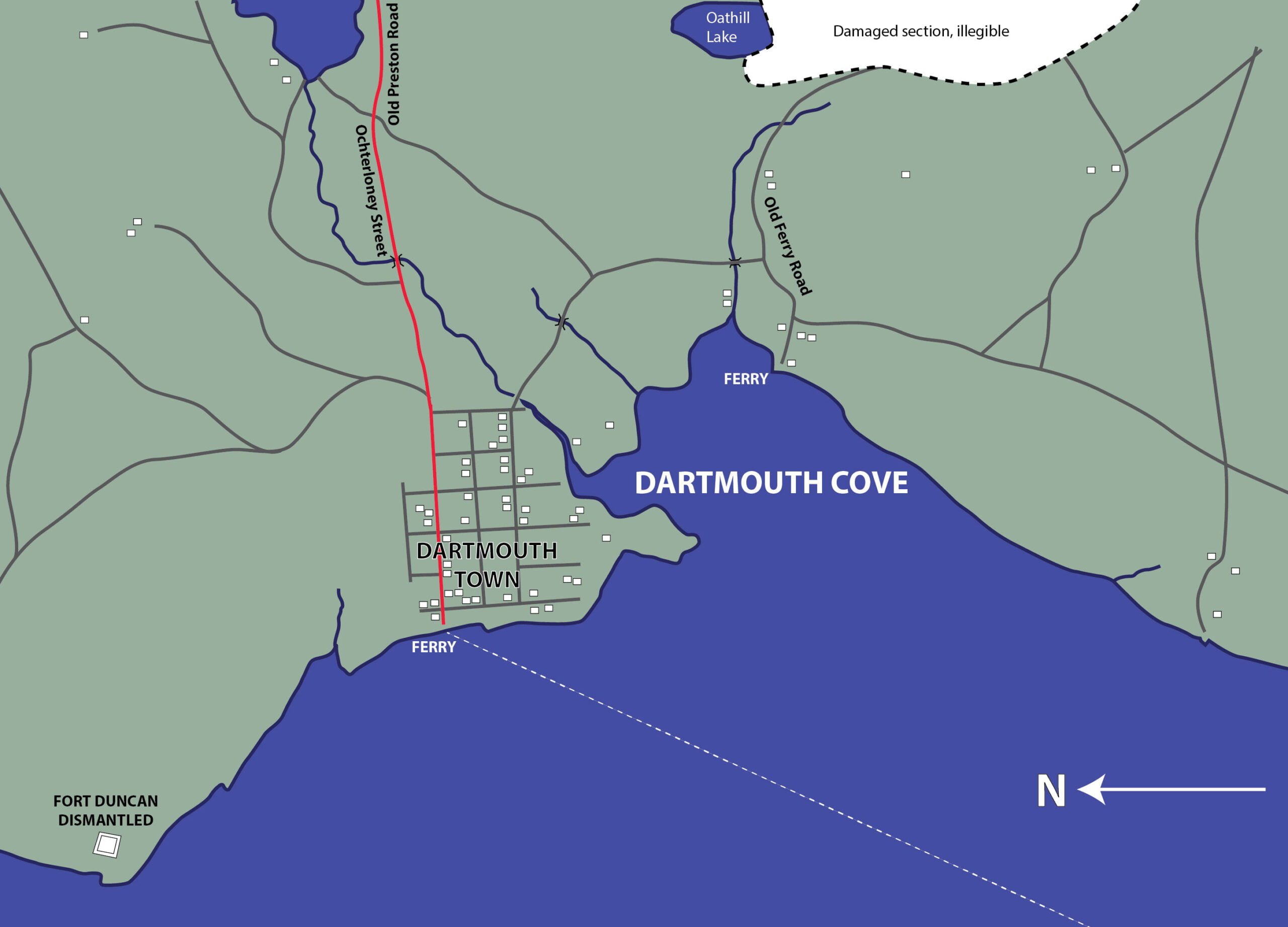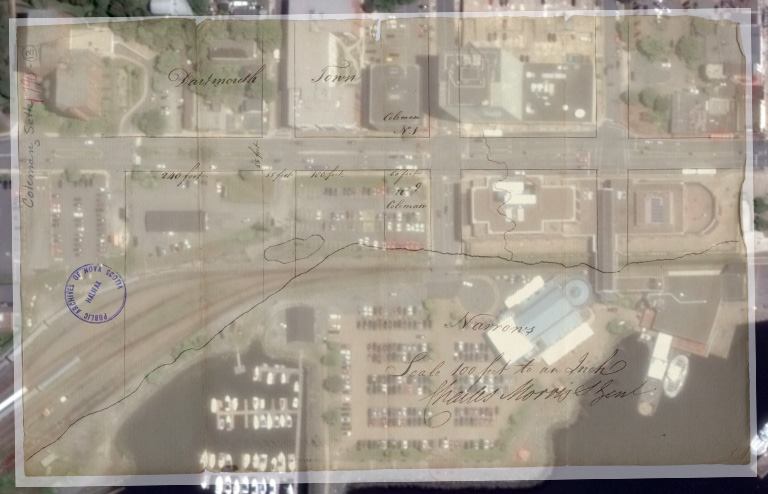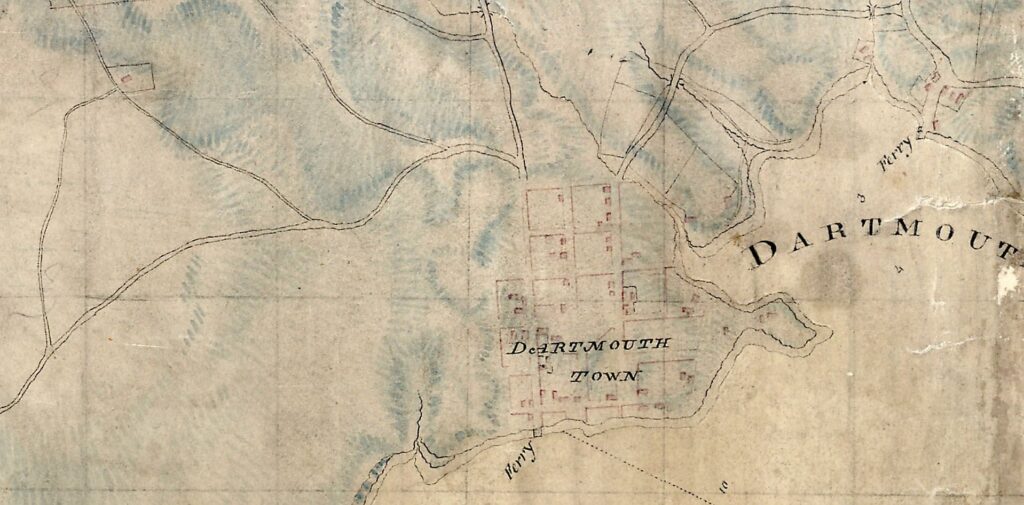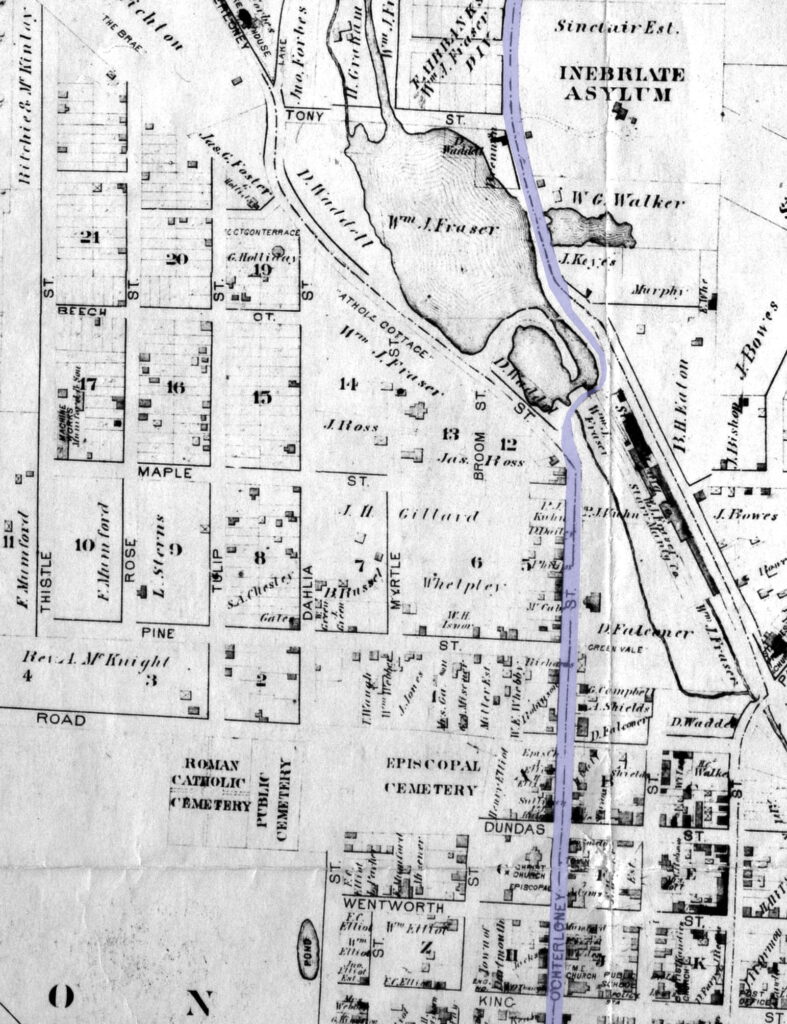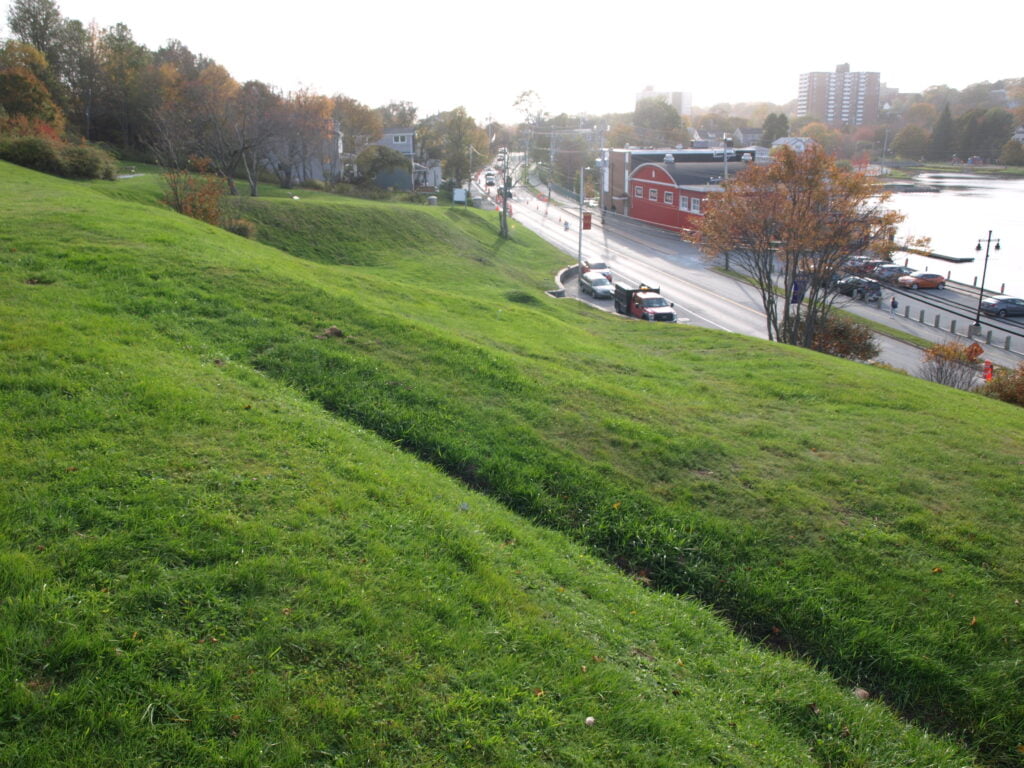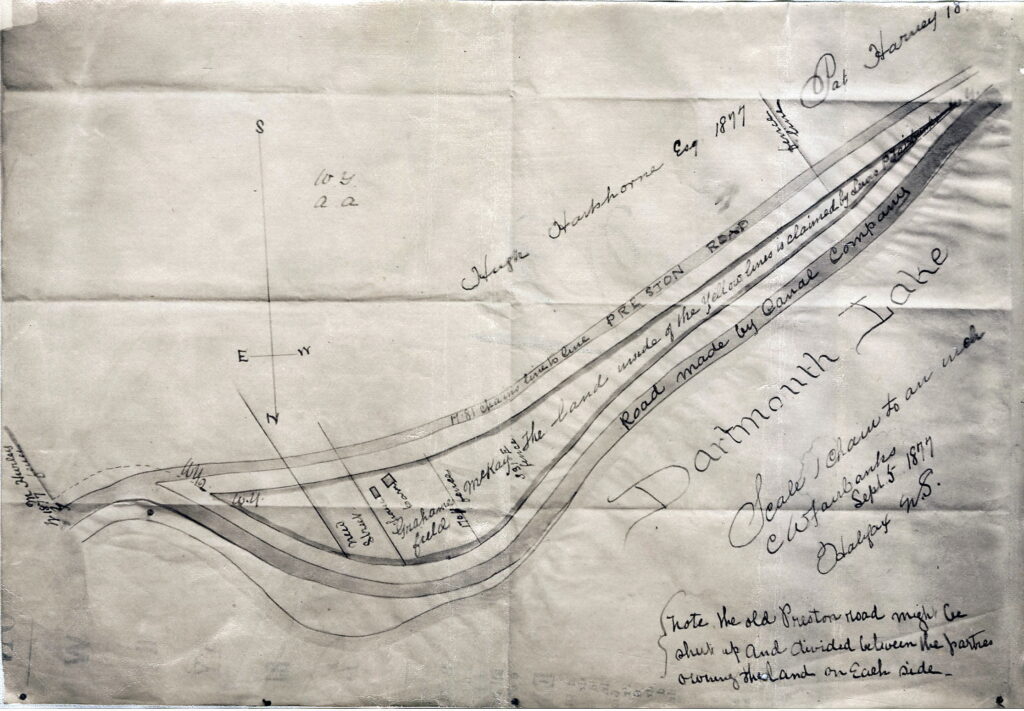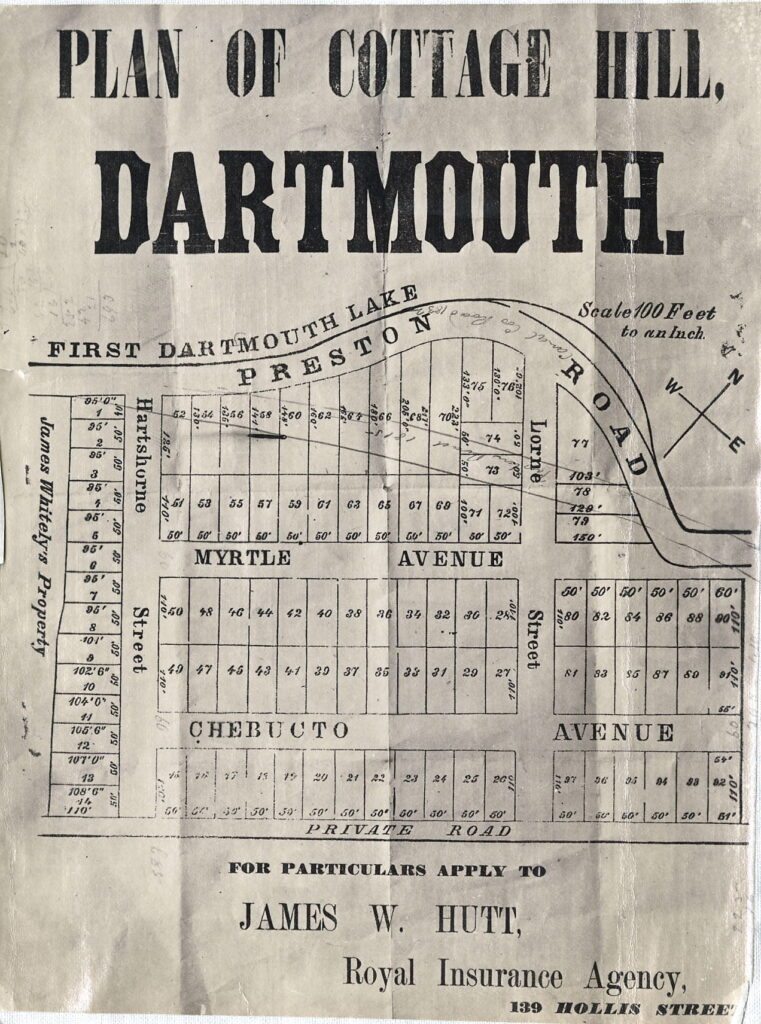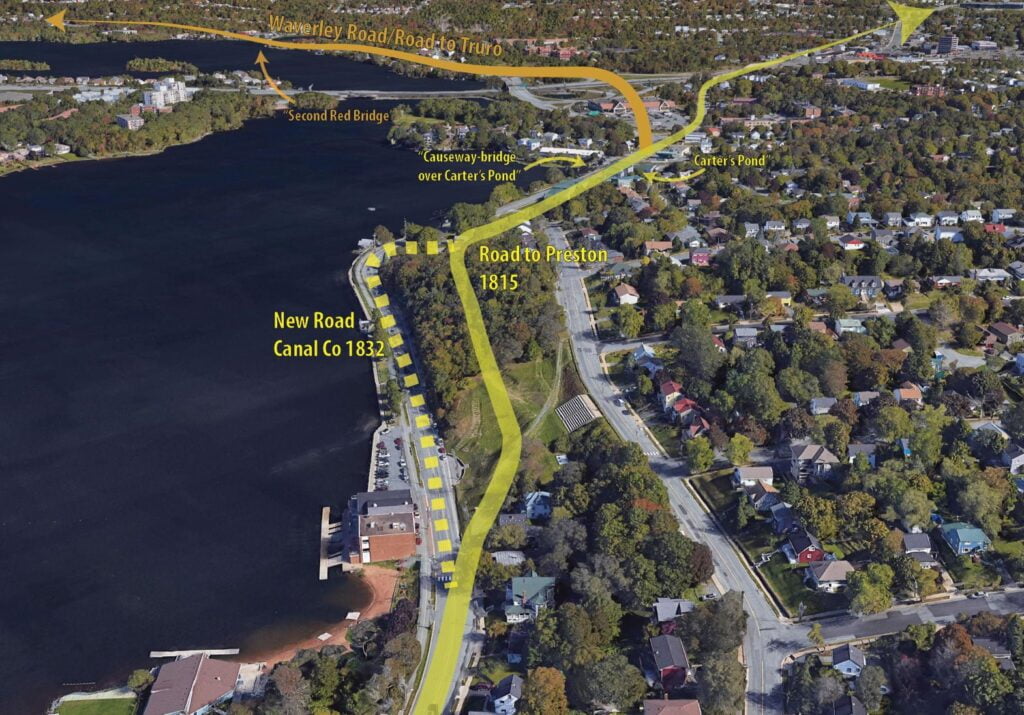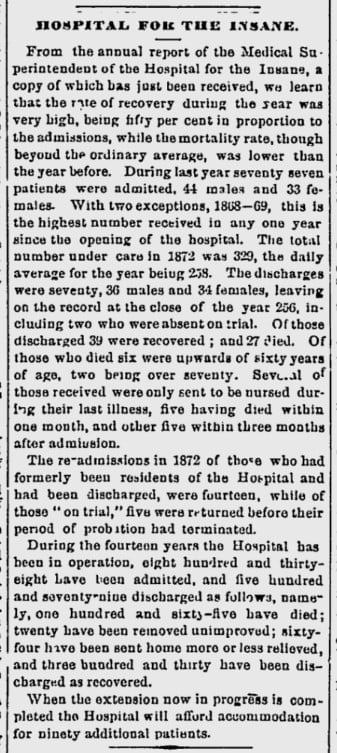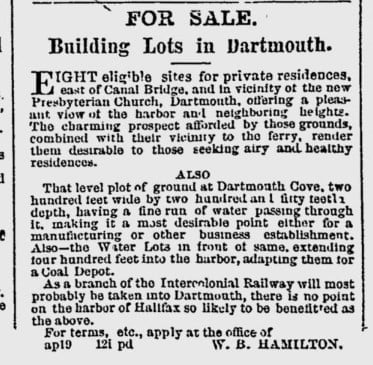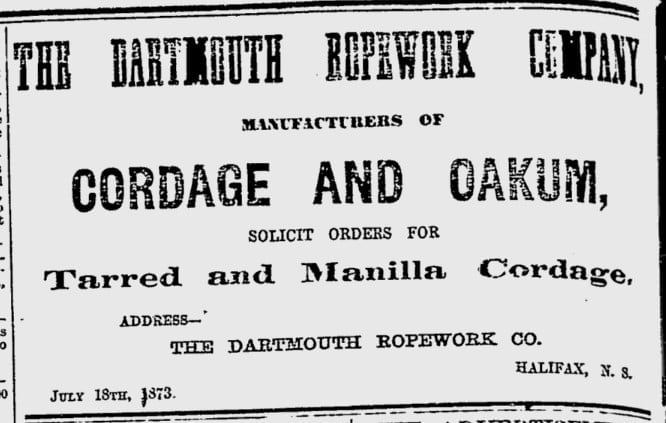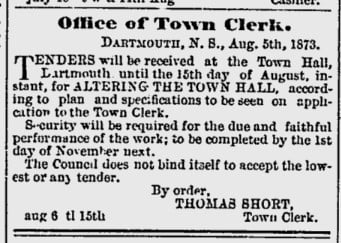Federal disallowance of Provincial Legislation has been a significant aspect of the Canada’s system of “federalism”, allowing the central government to nullify provincial acts deemed contrary to federal interests. This power, unique to Canada, contrasts with the American federal system, reflecting a “differing approach” to federalism. From 1867 to 1935, the Dominion government disallowed at least 114 provincial acts and territorial ordinances, highlighting its considerable powers over provincial legislation.
The process of disallowance involved the submission of provincial acts to the governor-general, with the governor-general in council having the authority to disallow them, typically based on recommendations from the Ministry of Justice, in the same way colonies previous to Confederation would submit their legislation through Lieuitenant Governors to the Crown. Disallowance had to occur within one year of receiving the act. While the British government couldn’t directly interfere with provincial acts after confederation, it could express its concerns to the Dominion government instead, as could other foreign governments.
The reasons for disallowance varied widely, including conflicts with federal legislation, exceeding provincial powers outlined in the British North America Act, violation of treaty rights, or infringement on individual rights and property. The subjects of disallowed acts ranged from immigration and banking to mining and liquor regulation, indicating the Dominion’s broad oversight.
Historically, the frequency of disallowance fluctuated, with peaks in the late 19th and early 20th centuries followed by a decline in recent years. Initially, the crown and its Federal government, themselves involved in a parent-child relationship, viewed a strong central government as necessary, akin to a parent-child relationship with provinces. Where that leaves “the people” is clear.
Evolving interpretations of “Canadian federalism” have more recently emphasized provincial rights and autonomy, more in keeping with the American meaning of the term. Decisions by the Judicial Committee of the Privy Council and advocacy for provincial rights led to a shift in attitudes toward disallowance. Provinces began to assert their legislative independence, advocating for minimal federal interference. By the early 20th century, calls for disallowance were expected to be justified by clear attempts to infringe on federal jurisdiction.
“Although there is a federal form of government in both the Dominion of Canada. and the United States, there are striking differences in the two types of federalism. Some of these differences are to be found in fundamentals, such as the basis upon which the powers of government are divided in the two countries. Less striking, but nevertheless significant, are still other points of variance. Among these is the power which the dominion government has to disallow legislative acts of the provinces. Just why the fathers of the Canadian federation thought this power should be given to the central government is not clear. The fact remains, however, that in the years from 1867 to 1935, at least 114 provincial acts and territorial ordinances were set aside. It is important to note that these acts were dis- allowed by executive officers of the dominion government. Executive officers of the national government in the United States do not possess similar powers where state legislation is concerned.”
“A survey of the law-making efforts of provincial legislatures which have been set aside by the dominion government indicates that the central government has interfered with some of the most important fields in which provincial legislation might be enacted.”
“The frequency with which the dominion’s power of disallowance has been used has varied considerably at different periods in Canada’s history. In the years from 1867 through 1895, no less than 72 acts and ordinances were set aside. In the years from 1896 through 1920, a period of almost equal length, 37 provincial acts and ordinances were annulled. From 1920 to 1935, only five acts passed by provincial legislatures fell before the disapproval of the dominion government. In the first period mentioned, the greatest number of acts to be disallowed in one province was 26, in Manitoba. British Columbia, with 20, was a close second. Seven ordinances (as distinct from legislative acts) were set aside in the Northwest Territory, while in Ontario and Nova Scotia six acts in each province were disallowed. The remainder of the 72 can be accounted for by the disallowance of four statutes in Quebec, two in Prince Edward Island, and one in New Brunswick. In the second period, British Columbia headed the list with 22, while Manitoba and Saskatchewan had three each. Ontario and Quebec each had one act annulled. Seven ordinances were set aside, five in the Yukon Territory and two in the Northwest Territory. Since 1920, legislative acts in only three provinces have been disallowed. Three were annulled in Nova Scotia and one each in Alberta and British Columbia.”
“To many Americans, it is, of course, striking that the central government in a federation should possess this degree of control over certain types of legislation enacted by the member units in that federal organization. In the Canada of 1864-66, however, there were many who, like J. A. Macdonald, wished to see a strong central government created. They believed that the war between the states to the south of them was due, in part, to weakness at the center. That the dominion government should be able to disallow provincial legislation did not seem strange to them.”
Heneman, H. J. (1937). Dominion Disallowance of Provincial Legislation in Canada. The American Political Science Review, 31(1), 92–96. https://doi.org/10.2307/1948049

